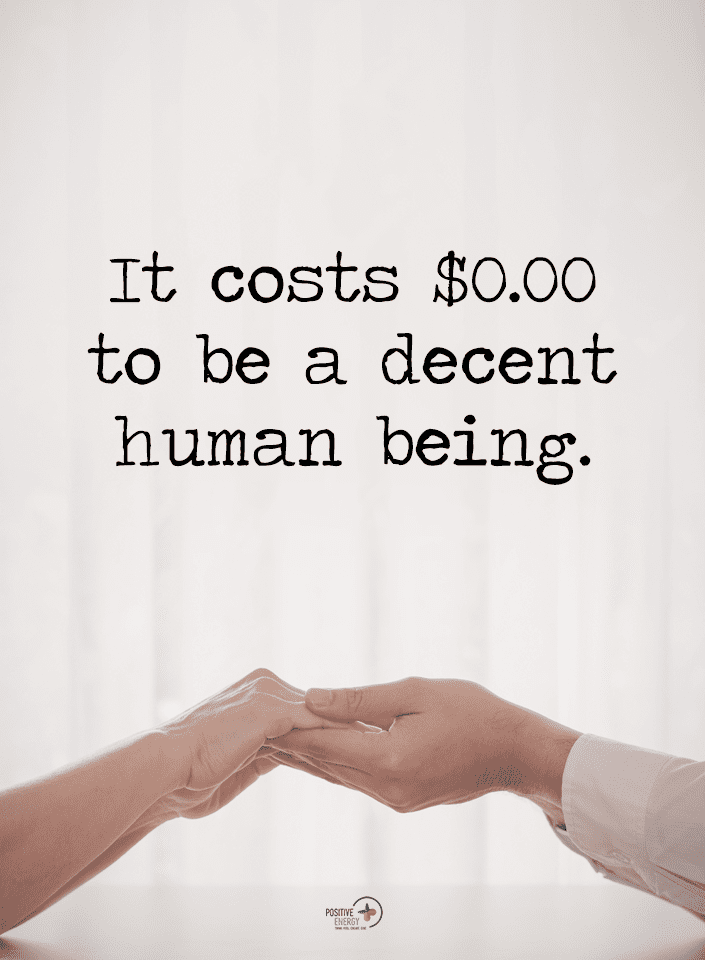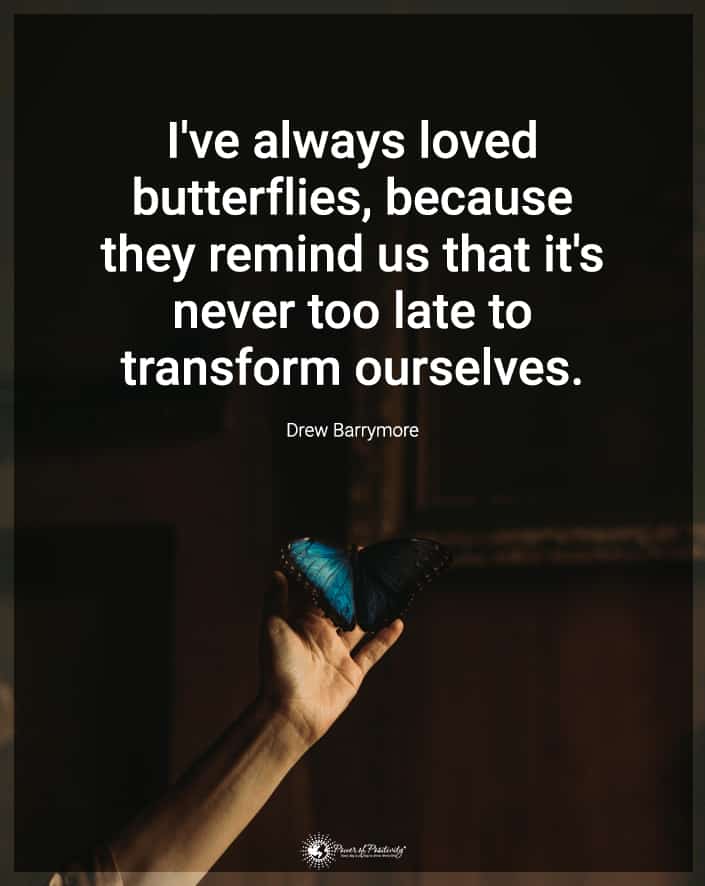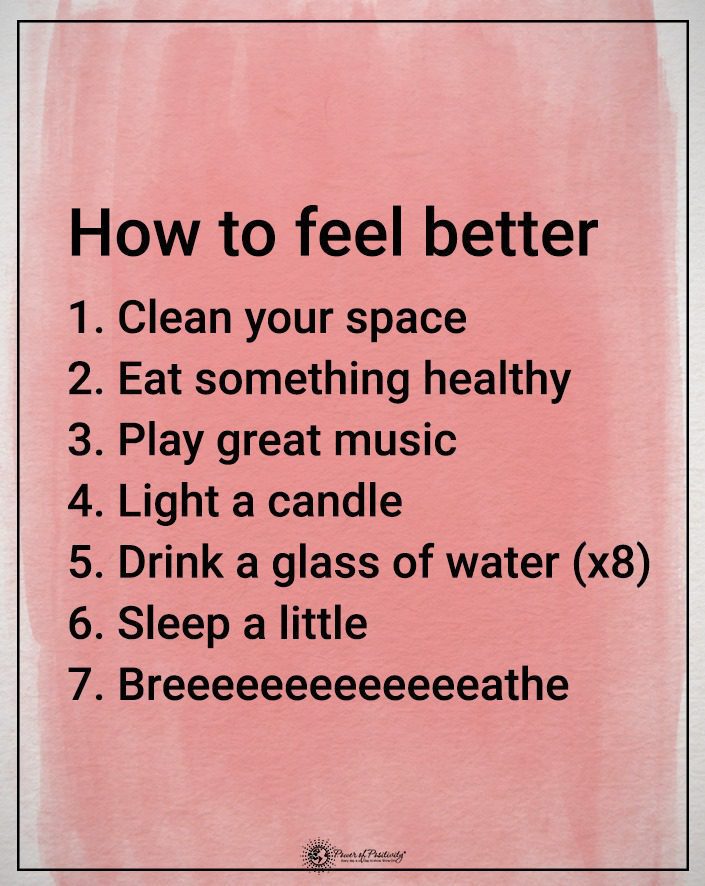All pet parents know that getting a new puppy involves tremendous work. They may seem adorable and cuddly, but don’t let their innocent face fool you. A man’s best friend needs a lot of attention and discipline during puppyhood.
Adjusting to a different environment isn’t easy, especially for young puppies who recently separated from their mothers. Dogs need ample time to bond with their new pet parent to help them feel comfortable. Not to mention, fur babies require many hours of house training and socializing with other dogs.
Pet owners with full-time jobs may find it challenging to juggle raising a puppy with demanding careers. However, some progressive companies have decided to offer “pawternity leave” to help new pet parents.
Research from Petplan shows that 5% of U.K. pet owners have taken paid leave to care for their furry friends. Some companies allow employees to take a few hours off to settle their new family memebers. Others grant workers up to several weeks of paid leave, giving pet parents more bonding time.
Below, we’ll list a few innovative companies that have enacted “pawternity leave.” Perhaps this will provide you with ideas if you’re a pet parent!
Eight Forward-Thinking Companies That Give New Pet Parents Paid Time Off

1. Mars Petcare
Mars Petcare became one of the first companies to grant paternity leave to new pet parents. The company gives workers ten hours of paid leave when they adopt a new buddy. Employees can even bring their four-legged family member to work upon returning!
2. BitSol Solutions
In Manchester, England, tech company BitSol Solutions allows employees a week off after getting a puppy. In an interview with the Metro, company owner Greg Buchanan compared puppies to human babies. Workers get paid leave when they have a baby, so getting a dog shouldn’t be different.
3. Nina Hale
In 2018, Minneapolis marketing firm Nina Hale enacted a “fur-turnity leave” policy for pet parents. Vice President Allison McMenimen told the New York Times that it boosts morale and provides an incentive to stay with the company.
4. Mparticle (maybe one of the most generous to pet parents!)
If an employee adopts a rescue dog, the data platform provider Mparticle grants them two weeks off work. Laurel Peppino, a recruiter for the company, told The Times that paid leave offers pet parents an opportunity to bond with their dogs. The innovative business offers both maternity and paternity leave and considers dogs a member of the family also.
“We don’t discriminate just because they aren’t human,” she said.
5. Musti Group
This pet food company operates in Norway, Sweden, and Finland. The company offers employees three days off when they adopt a puppy, according to The Mercury News. CEO David Rönnberg believes that pawternity leave helps the company culture evolve.
“Adopting a pet is a significant decision and changes everyday life considerably. We want to support our employees during their first days with their new family members and ensure they can enjoy those precious moments to the fullest,” he said.
6. BrewDog
Scottish brewery company BrewDog offers new pet parents a week of paid leave. The company adores dogs and hopes to become the best company to work for in the world. They believe that giving employees a generous pawternity leave puts them further toward that goal.
7. HarperCollins Publishers India (HCI)
Employees at this India-based company get five business days of paid leave after adopting a new family member. The company aims to advocate for conscientious adoption with this policy.
“At HarperCollins, we want the very best of work-life balance for our colleagues, and that includes being mindful about their family needs,” CEO Ananth Padmanabhan told the Huffington Post. “Pet children need as much attention [as human children], if not more. We don’t want colleagues to worry about the number of leaves they have before deciding to start a family.”
In addition to pawternity leave, HCI will allow new pet parents to bring their puppies to work. After all, new pets often suffer from separation anxiety when owners leave during the day. The policy will benefit dogs and parents, as studies have proven the mental health benefits of bringing pets to work. The company created a custom area for pets to hang out while their parents work.
8. Zogics (very generous policy for new pet parents)
The Massachusetts-based industrial cleaning and safety supply company has a huge heart for dogs. Named one of the most pet-friendly companies in the United States, Zogics allows employees to bring their pets to work. New pet parents also receive paid leave, a $200 pet store gift card, and a lifetime supply of Zogics Pet Shampoo.
Other Companies Offer Pet Bereavement Leave to Pet Parents
Getting a new puppy brings so much joy to life, but it’s heart-wrenching when they eventually pass away. Many companies sympathize with their employees and offer pet bereavement leave after a pet dies. Since dogs are family members, too, companies believe workers should have an opportunity to grieve their death.
One of these progressive businesses includes Kimpton Hotels & Restaurants in San Francisco, which offers three days of paid leave. Mars Inc offers employees one day off and flexible hours; Rover gives workers three days of bereavement leave. It also provides paid time off for dog care and an open pet policy at the office.
Canadian company Shoppers Drug Mart allows workers a few days off if a family member passes away, which includes a furry one.

Final Thoughts on Companies That Offer Paid Leave to Pet Parents
Many companies have started giving pet parents time off to enjoy their new family members. Puppies require care and attention just like babies, especially in their first few months. Several companies have recognized this and created policies to help pet parents adjust to having a fur baby.
This leave ranges from a few hours off to several weeks, and some companies even offer pet store gift cards! Others allow companion animal bereavement leave after the death of a treasured furry friend.
Does your company offer any time off for adopting a new fur baby?



















